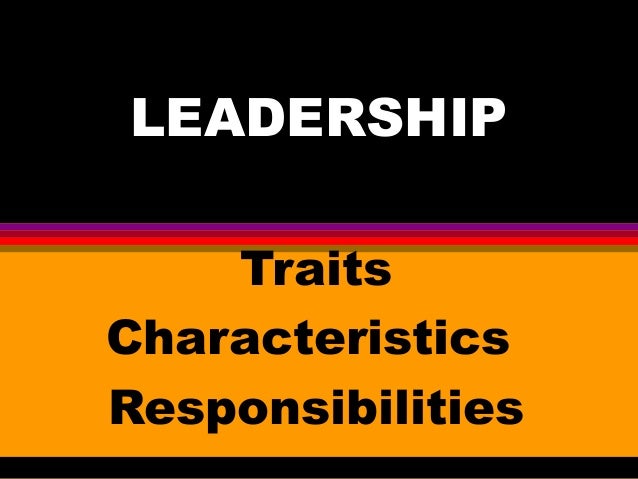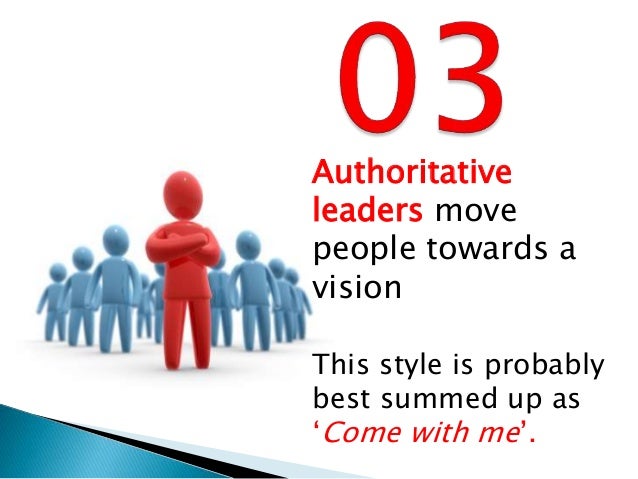Do you know what type of leadership style you use at your company?
Strong leaders can drastically change people's lives. Hence, it's not hard to believe that leadership skills influence our organisation' success.
Luckily, just like other management skills, one can learn and grow their leadership skills.
6 Leadership Styles in Business Every professional in a leadership or managerial position exhibits a unique set of skills and experience that has led them to these executive roles. Modern approaches to leadership can be categorized into six leadership styles, according to consulting firm Hay McBer.
- In this excerpt from the IMD online program Learning Leadership, Professor George Kohlrieser explores various leadership styles.
- Six distinct leadership styles, each springing from different components of emotional intelligence. Also known as emotional quotient (EQ), emotional intelligence is the ability to understand, use and manage your own emotions in positive ways to relieve stress, communicate effectively, empathize with others, overcome challenges and defuse conflict.
This article examines the six most common leadership styles. Which one do you think fits your organisation?

Coercive leaders are seen as micromanagers by creative employees.
Coercive leadership style
With 'do what I say' as their coercive motto, the coercive leader is full of initiative and self-control.
Coercive leaders tend to:
- demand instant compliance,
- perform well during a crisis,
- kickstart change/motivate; and
- confront problematic employees.

However, this leadership style can be destructive for more creative employees and projects. Even though their followers usually feel safe and guided, creative employees may lose motivation and resent micromanagement.
Authoritative leadership style
The visionary leader is known as a more creative and eccentric teacher. With a 'come with me' approach, they lead the organisation into their vision of success.
A visionary leader possesses self-confidence and emotional intelligence, and they ooze charisma and enjoy expressing their ideas with clarity and passion.
Affiliative leadership style
Known as the carer, this leader puts people first, focusing on creating a harmonious working environment and developing emotional bonds.
This leadership style demands lots of empathy and the ability to forge relationships through a range of communication styles.
This leader is incredibly helpful during stressful situations, and they can help to motivate employees to endure through hard times. The carer can also heal issues within a team and form new groups.
However, this leader struggles when it comes to improving poor performance and may be more reluctant to give advice.
The carer prioritises the people and harmonious working environment.
Democratic leadership style
'So, what do you think?' is a phrase this type of leader loves to say. Known as the listener, they work hard to develop agreement through participation, using excellent collaboration and communication skills to lead their team.
With their love for surveys and feedback, this leader relies heavily on their team's opinions. These leaders are usually able to combine views and ideas from valuable employees and leaders to their advantage. This style is effective in managing change and an agile workforce.

Pacesetting leadership style
This leader has high expectations, and they want assignments completed yesterday. With 'Do as I do and do it now' as their motto, they are known as the hustler.

This approach is perfect for extremely competent and motivated teams, working to tight deadlines. Beware, do not use this leadership style to everyday environments and less-pressured settings.
This leader's drive to succeed and their healthy initiative is undoubtedly admirable. Still, be careful. This leader is so passionate and disciplined that they could intimidate and unknowingly pressure employees.
Compare And Contrast Management Styles
The mentor brings out the best in people
Coaching leadership style
With an eye on the long-term, this leader focuses on developing others. Most people refer to them as the mentor. 'Try this.' 'Go on, try some more...' With a great sense of self and focus on the individual, the mentor works on the premise that every step is progress.
This leadership style is the right way to bring out the best in people. The mentor adjusts yet pushes the bar for consistent growth while allowing the employees to learn new skills that will propel the business forward.
Great mentors understand their team and accept that they, just like other people, are continually learning.
Which one is your leadership style?
We instinctively lean towards one or two leadership styles. We should not stay with one because a leader who sits in-between leadership styles delivers the best results.
Try to use different techniques from the leadership styles you identify most with, making sure you adjust to the particular situation.
Six Leadership Styles At A Glance

In the end, it comes back to knowing your team, their strengths, communication methods and challenges. You should also nurture your culture, values and vision. You will see substantial results once you have learned to lead your team.
Source: breathe HR
Six Leadership Styles:
Related articles
How to Deal with a Procrastinating Employee
From Basic Salary to Minimum Wage: All About Pay in Malaysia
3 Company Leave Application Form Templates for HR